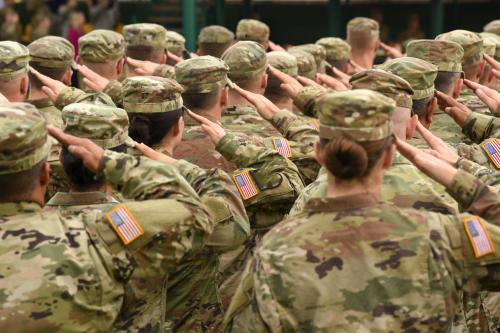Brookings Senior Fellow and the Director of the Center on Social and Economic Dynamics, Joshua M. Epstein joins Amy Morris on Federal News Radio’s Daily Debrief to discuss how agent-based computational modeling has the ability to create artifiial societies to modal human behavior in an emergency situation.
Josh Epstein: This [U.S. version of the Large-Scale Agent Model] is a so-called agent-based computational model. And what that means is that there are no equations; it’s literally an artificial society in a computer, with every individual represented as a single cyber person in computer code. So it has 300 million individuals; they are kids, workers, parents, and so on. Every household, every school, every workplace is included in the model and routine travel from zip code to zip code for the entire US is also included. So we can start an epidemic in children in California and get a good impression of how it would spread across the entire country.
Amy Morris: How you were able to put this together I can’t begin to fathom. Did you use data, census statistics? How did you do this?
Josh Epstein: Well, we used national census data and our own cluster of computers. It was a formidable, technical achievement headed by Jon Parker, who’s my Assistant Director here for Software. And we won the 2008 NTSA National Training and Simulation Award for Outstanding Achievement in Analysis because it’s such a formidable, technical problem. In fact, the Award is for an even bigger model: the actual so-called Large-Scale Agent Model is an environment that permits modeling 5 or 6 billion individuals. The US Model is actually one implementation of it, so the technical achievement is actually even more impressive from that standpoint. But yeah, it includes census data, travel data (so Department of Transportation, Department of Census)…many, many databases are fused in the US Model.
Listen to the interview » (Windows Media)
Read the transcript » (PDF)
The Brookings Institution is committed to quality, independence, and impact.
We are supported by a diverse array of funders. In line with our values and policies, each Brookings publication represents the sole views of its author(s).


Commentary
Artificial Society: Getting Clues on How a Pandemic Might Happen by Creating a Huge Model of the United States
April 2, 2008